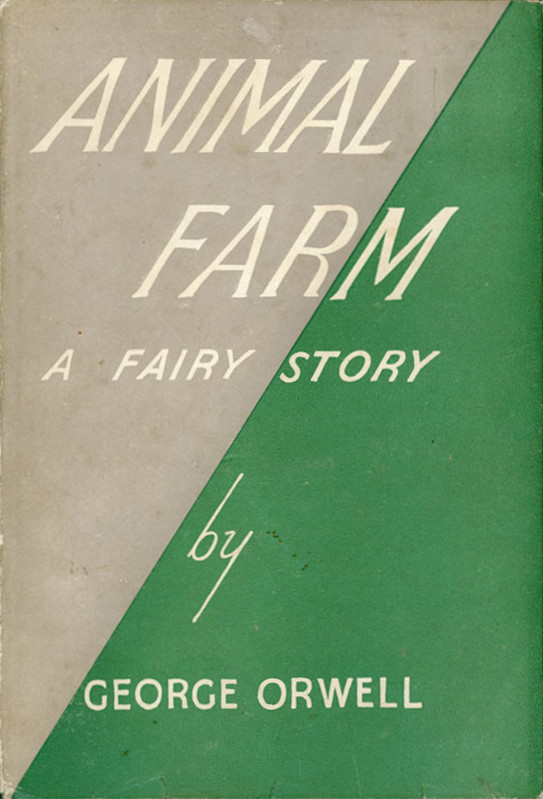The Russian livestock definition refers to the variety of domestic animals kept by people for production use. In these cases, production refers to the utilization of animals for their meat, fiber or fur. This definition reflects the importance of animal husbandry in Russian culture where many of these animals are traditionally seen as important sources of food, clothing and other products.

Table Of Content:
- Animal Farm - Wikipedia
- Sounds of Russian Animals - Kids' Talk
- Kulak - Wikipedia
- Russian Vocabulary - Animals
- Kulak | Russian peasant class | Britannica
- 10 words from 'A Clockwork Orange' you didn't know were actually ...
- Treaties of Brest-Litovsk - HISTORY
- Animal Farm: Symbols | SparkNotes
- LIVESTOCK | meaning in the Cambridge English Dictionary
- English-Turkish Bilingual Children's Picture Dictionary of Animals ...
1. Animal Farm - Wikipedia
https://en.wikipedia.org/wiki/Animal_Farm
2. Sounds of Russian Animals - Kids' Talk
http://masterrussian.com/vocabulary/animal_sounds.htm
3. Kulak - Wikipedia
https://en.wikipedia.org/wiki/Kulak
4. Russian Vocabulary - Animals
http://masterrussian.com/vocabulary/animals.htm
5. Kulak | Russian peasant class | Britannica
https://www.britannica.com/topic/kulak
6. 10 words from 'A Clockwork Orange' you didn't know were actually ...
https://www.rbth.com/education/326453-russia-words-from-clockwork-orange
7. Treaties of Brest-Litovsk - HISTORY
https://www.history.com/topics/world-war-i/treaties-of-brest-litovsk
8. Animal Farm: Symbols | SparkNotes
https://www.sparknotes.com/lit/animalfarm/symbols/
9. LIVESTOCK | meaning in the Cambridge English Dictionary
https://dictionary.cambridge.org/dictionary/english/livestock
10. English-Turkish Bilingual Children's Picture Dictionary of Animals ...
https://www.amazon.com/English-Turkish-Bilingual-Childrens-Dictionary-FreeBilingualBooks-com/dp/1548193321
What specific types of animals does the Russian livestock definition include?
The Russian livestock definition includes a variety of animals used for food including cows and sheep, as well as those used for fur or fiber like rabbits and goats.
How does animal husbandry play into the Russian livestock definition?
Animal husbandry is an important part of traditional Russian culture. Keeping certain species of animals, like cows and sheep, was historically done not only to provide food but also fur or fiber that could be used in garments or other items.
Why is it important to understand the Russian livestock definition?
It's important to understand the Russian livestock definition because it gives insight into how certain animal species were traditionally viewed in Russia - not only as important sources of protein but also materials that could be processed into clothing or other items.
Are there any modern applications for understanding the Russian livestock definition?
Understanding this traditional interpretation can help us gain a better appreciation for how different cultures view certain animal species. Additionally, knowing which species were historically seen as valuable resources could inform present-day decisions regarding conservation policies related to these species.
Conclusion:
The Russian livestock definition offers an interesting glimpse into how certain domestic animal species have been valued within this culture over time. Its main focus lies in providing insight into how these species provided materials essential for human survival throughout generations - from food to clothing. A deeper knowledge about this concept can provide useful information when considering modern conservation initiatives aimed at protecting particular species.
